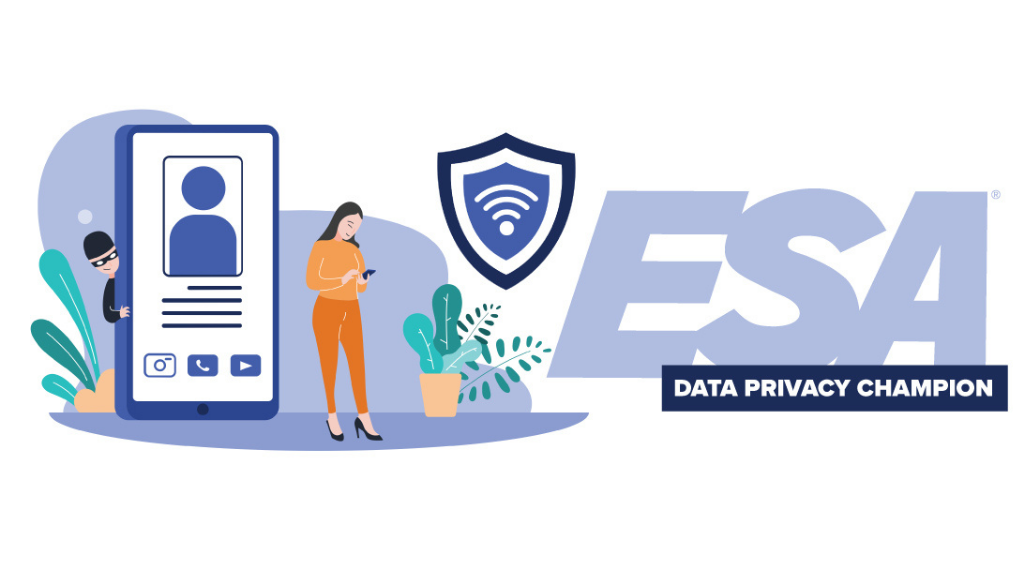ESA encourages safe digital experiences for all; therefore, we always recommend trusting your home security to professionals who are equipped to customize technology to fit your smart home needs while at the same time, protect your data. We also feel a responsibility to inform people of practical actions to take to help ensure your personal information is well protected and that your digital footprint — the trail of data you leave behind online — does not allow unscrupulous people to use that information against you in the future.
With any connected device, there runs risk of getting hacked. In essence, no device is totally immune from invasion. There are, however, things you can do to add layers of protection that support your digital experiences.
The following tips should take less than a few minutes each yet result in powerful digital hygiene practices.
- Secure your network. Security systems rely on your home network and WiFi, so make sure you are using a private, hidden network. Use your routers’ settings to make your network invisible from automatic searching.
- Secure your router. Choose and use a strong passphrase. Do not use the same access code for your security system and router.
- Use strong passphrases to protect your home network/WiFi. Instead of a single password, use a conglomerate of seemingly unrelated words with upper- and lower-case letters, numbers and symbols that are only recognizable to you. Use random spacing between words and/or characters, if allowed. (For example, add a double space after each use of the letter of your passphrase.) Avoid personally identifiable information such as nicknames, birthdays, or pet’s and children’s names.
- Change your passphrase regularly. The more often you change it, the harder it is for hackers to figure it out. To help remember it, we recommend going “old school,” with pen and paper: write your passphrase on a piece of paper or in a notebook with the date you change it. Then put it in a safe location to retrieve should you forget your passphrase or need to update it. Hackers cannot hack paper! If old school isn’t your thing, invest in and use a password manager.
- Enable or add two-factor authentication.
- Keep firmware and apps updated.
- Regularly check your security camera logs. Some security cameras show the IP addresses that accessed that camera. Review your cameras’ logs and if you find a suspicious IP address, change your passphrase immediately and notify the appropriate authorities.
- Ensure all signals are encrypted. Choose home security devices that use the National Security Agency’s (NSA) Advanced Encryption Standard (AES) of 128-bit encryption and Power G Technology.
- Build a separate network just for your home security system. Should a hacker gain access to your home network, they would not gain access to your security system as it would be on a completely different network.
- Choose the best devices for your unique home. Seek the advice of security professionals; remember, alarm.org offers a list of extremely knowledgeable security professionals who specialize in electronic security and life safety, located near your home address.
BONUS TIP: Always, always change each default username and password that was set during the manufacturing process of any security device.


